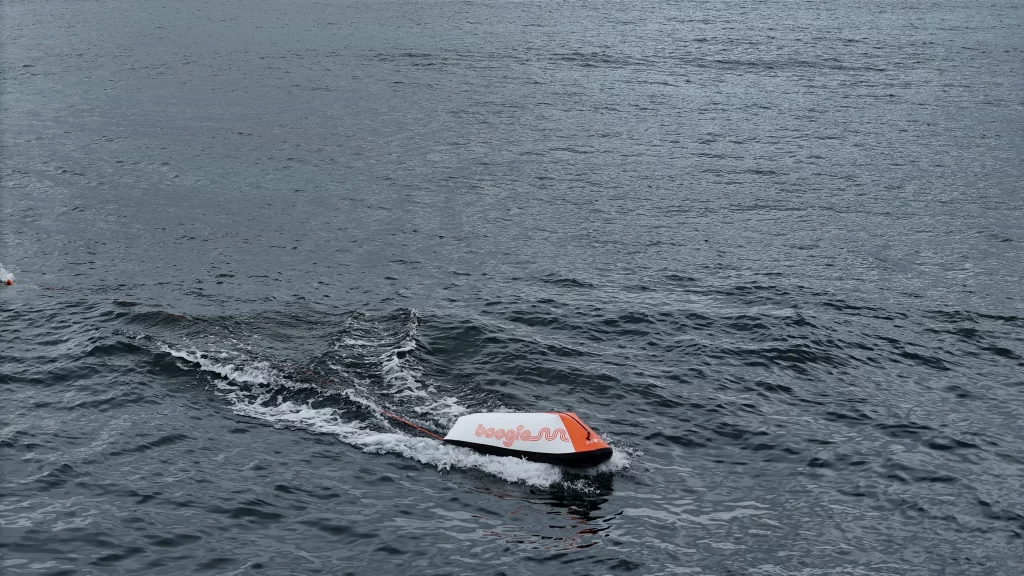There is a rise in the use of battery-powered recreational craft that fall outside traditional boating categories. These include devices such as e-surfboards, e-bodyboards, e-hydrofoils and powered towing systems. While they may be small or unconventional in appearance, they are classified as prescribed craft under MAST legislation.
This means they must comply with the minimum safety equipment requirements for lightweight craft as outlined in the Marine and Safety (General) Regulations 2023, and adhere to speed and distance rules under the Marine and Safety (Pilotage and Navigation) Regulations 2017. If you’re unsure whether your craft is considered a vessel or prescribed craft, contact MAST before use.
Speed Limits and Distances
All prescribed craft must follow the 5-knot speed limit when operating near other people, boats or structures. This is a legal requirement under the Marine and Safety (Pilotage and Navigation) Regulations 2017.
You must not exceed 5 knots:
When within 60 metres of:
- A shoreline, river bank, or diving platform
- A jetty, boat ramp, pontoon, or other marine facility
- Another boat that is underway, anchored, moored, or engaged in fishing or rowing
- A buoy laid or approved by MAST
- A person being towed on water skis, an aquaplane or similar
When within 120 metres of:
- A swimmer or bather
- A vessel or buoy flying the “Alpha” flag, indicating divers below
These rules are in place to prevent injury, reduce collisions and keep shared waterways safe for all users.
Licence and Registration
Currently, a licence or registration is not needed to operate prescribed craft such as e-surfboards, e-body boards, e-hydrofoils, and powered towing devices in Tasmania. However, users must still follow all relevant safety equipment rules, speed limits, and other regulations under MAST legislation. MAST will keep monitoring the use of these craft and may update licensing or registration requirements as their presence in Tasmanian waters increases. Currently, a licence or registration is not required to operate prescribed craft such as e-surfboards, e-body boards, e-hydrofoils and powered towing devices in Tasmania. However, users must still comply with all applicable safety equipment rules, speed limits and other regulations under MAST legislation.
MAST will continue to monitor the use of these craft and may update licensing or registration requirements as their presence in Tasmanian waters grows.

e-Surfboards
Also known as electric surfboards or jetboards, these are powered by electric motors and controlled with a handheld remote or a built-in foot switch. They can be a whole unit or an attachment for a traditional surfboard. They can reach high speeds and are commonly used in enclosed waters or surf zones.
Safety reminders:
- Considered a prescribed craft under MAST legislation.
- Life jackets are required in most waters unless operating in the surf zone.
- A tethering device is required at all times.
- The operator must keep a safe distance from swimmers, other vessels and shorelines.
- Subject to speed limit and distance rules.
- Always operate with caution — these devices can be difficult for others to see or hear.
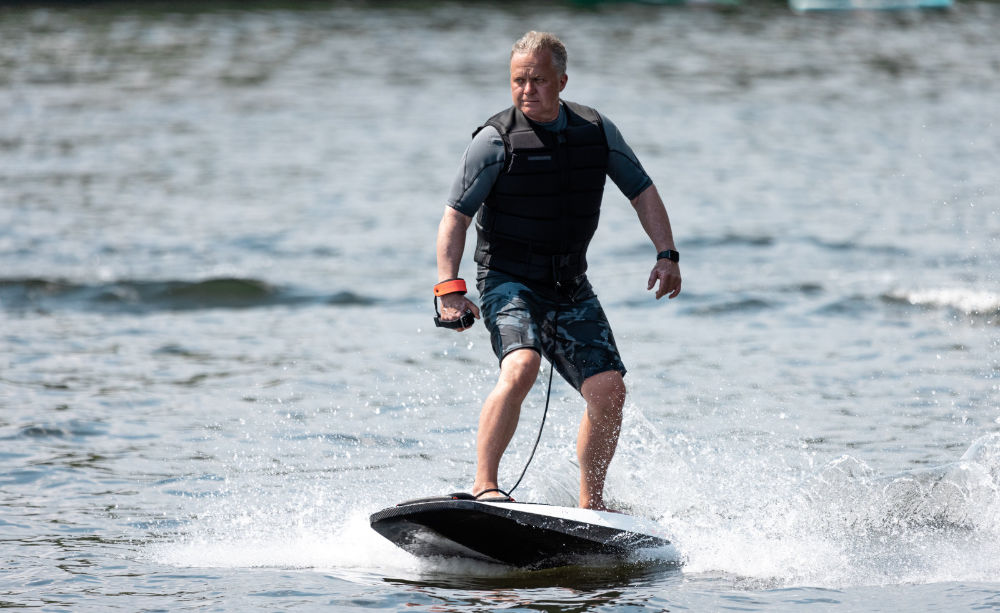
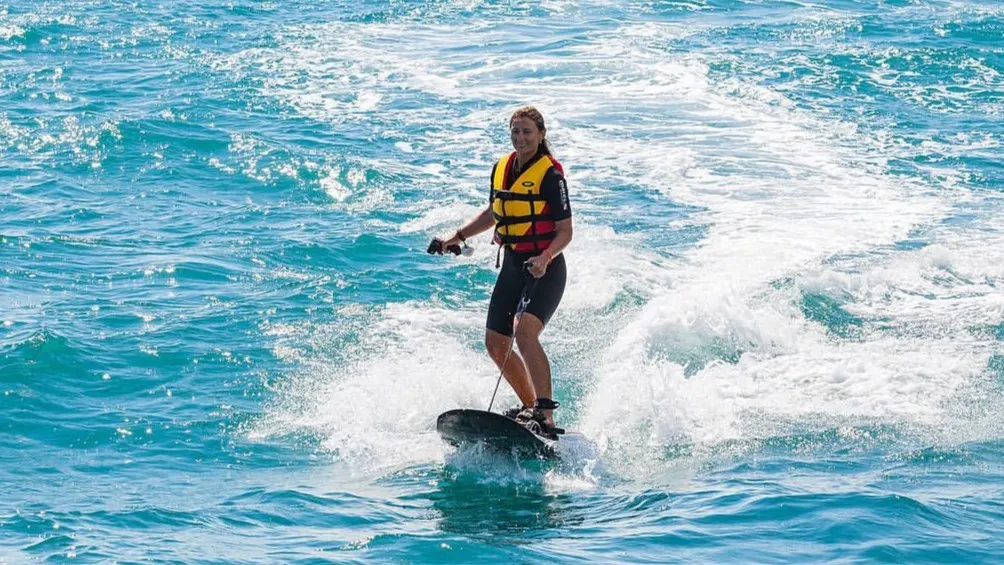
e-Body Boards
Designed for prone riding, these motorised boards allow the user to lie flat while being propelled through the water.
Safety reminders:
- Considered prescribed craft under MAST legislation.
- Life jackets are required in most waters unless operating in the surf zone.
- A tethering device is required at all times.
- The operator must keep a safe distance from swimmers, other vessels and shorelines.
- Subject to speed limit and distance rules.
- Always operate with caution — these devices can be difficult for others to see or hear.
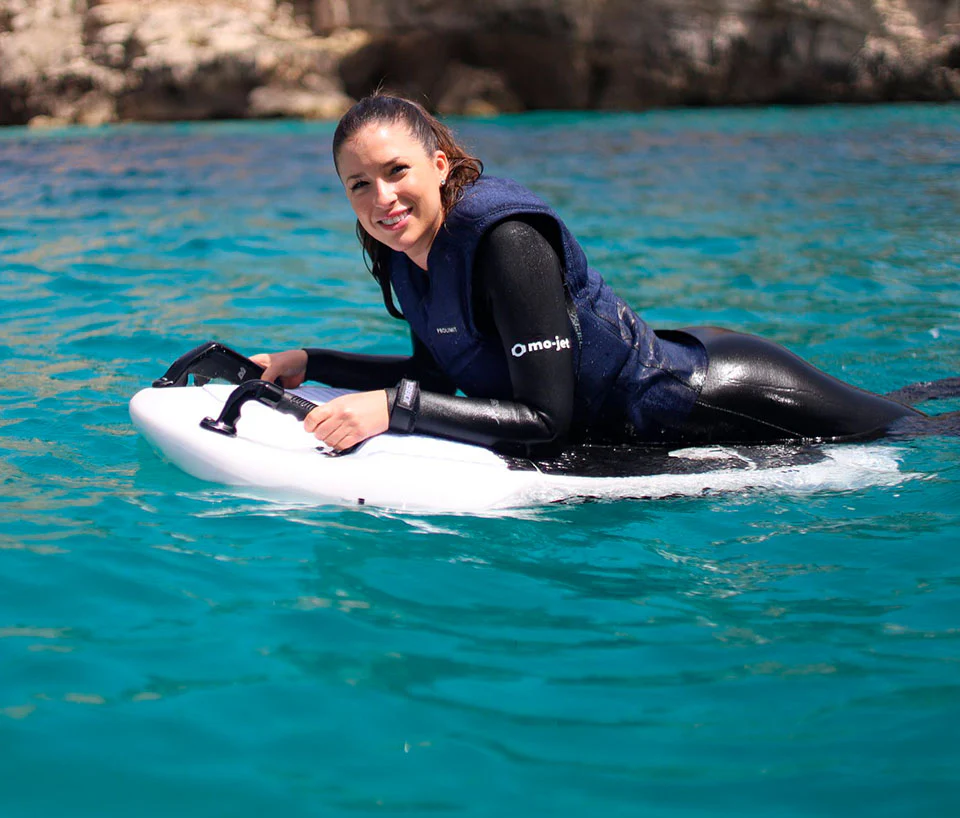
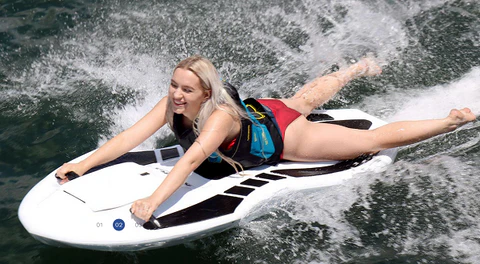
e-Hydrofoils
These boards lift above the water on a foil and are powered by an electric motor, offering a smooth and fast ride.
Safety reminders:
- Considered prescribed craft under MAST legislation
- Life jackets are required.
- A tethering device is required at all times.
- Subject to speed limit and distance rules.
- Always operate with caution — these devices can be difficult for others to see or hear.
- Operate away from swimmers, boat ramps, and moorings.
- High-speed capability means greater risk — use only in suitable areas and conditions.
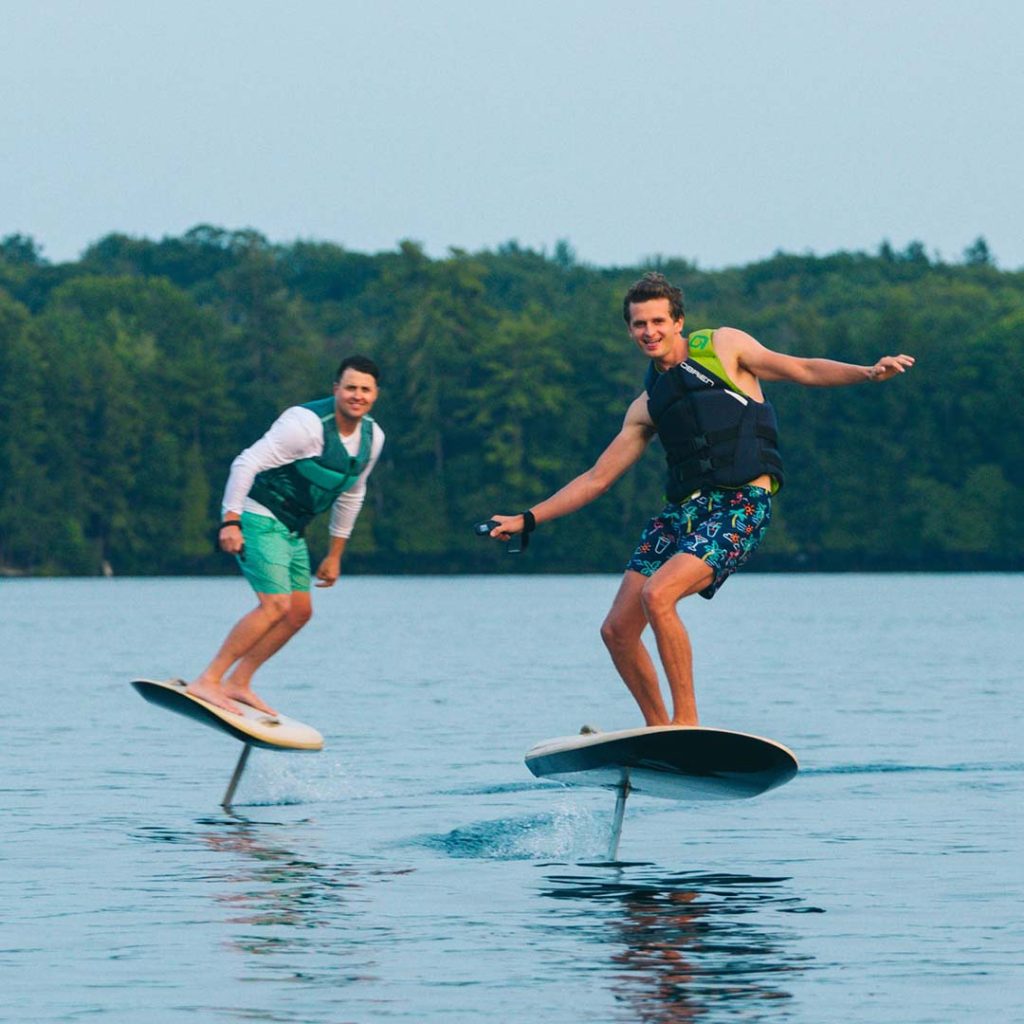
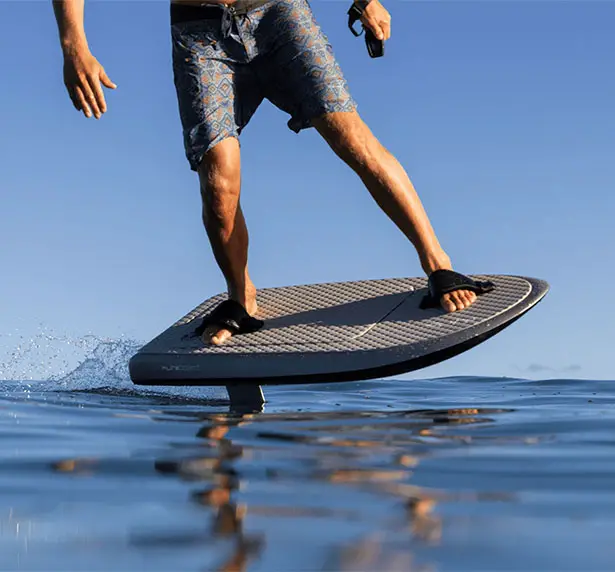
Powered Towing Devices
Includes electric tow handles, winches, or other equipment that pulls a rider without needing a towing boat.
Safety reminders:
- Considered a prescribed craft under MAST legislation.
- Operator must keep a safe distance from swimmers, other people in the water, other vessels, and shorelines.
- Subject to speed limit and distance rules.
